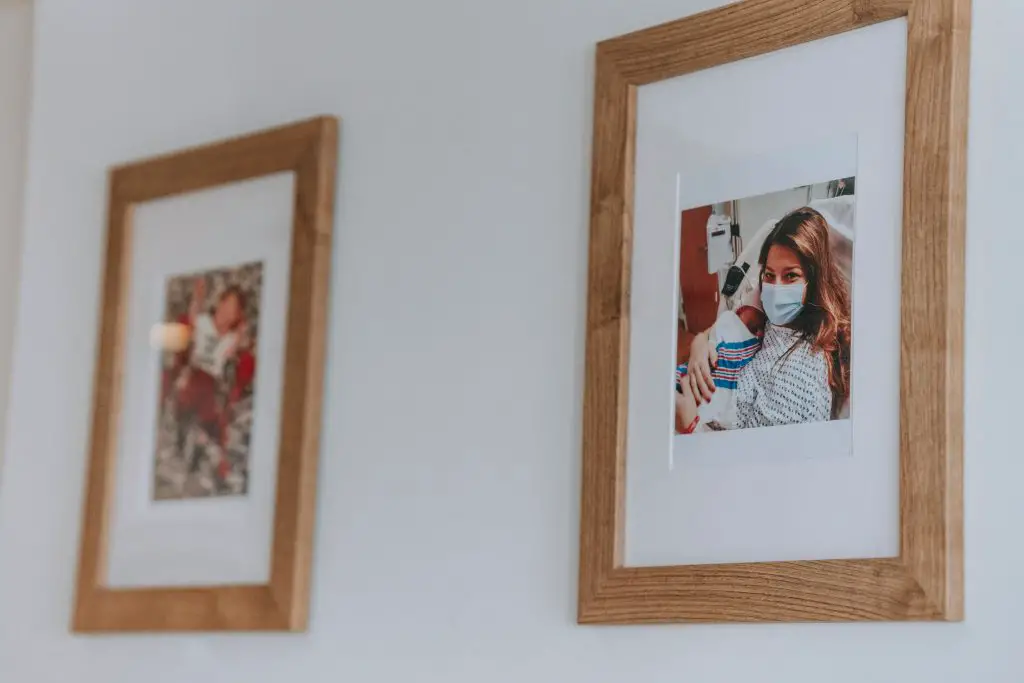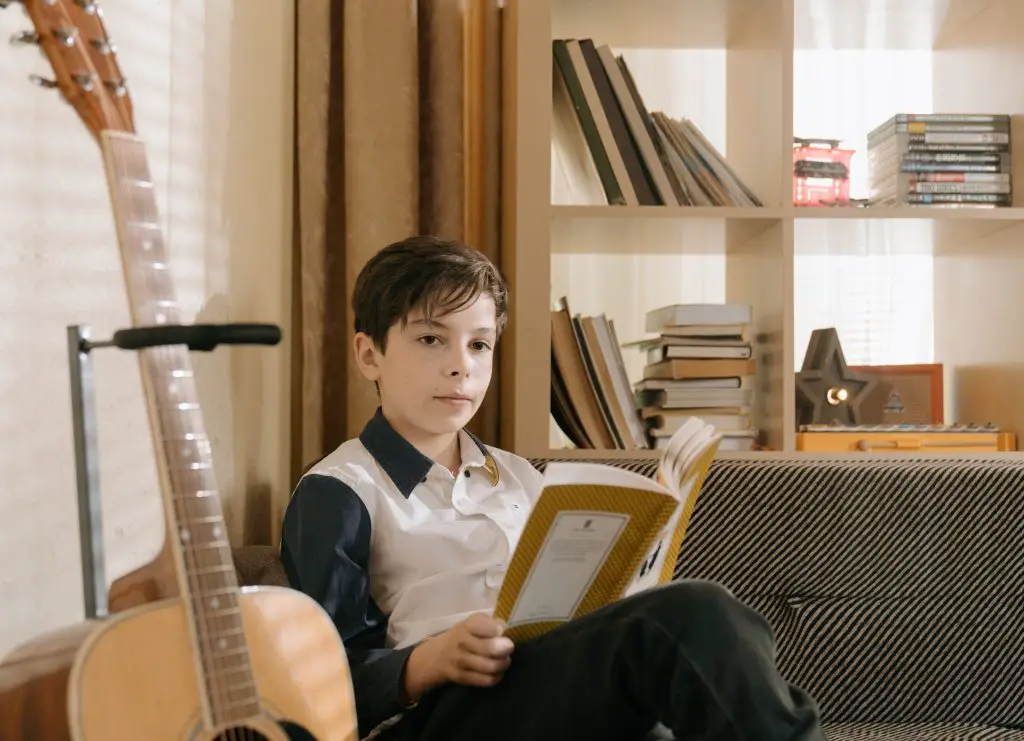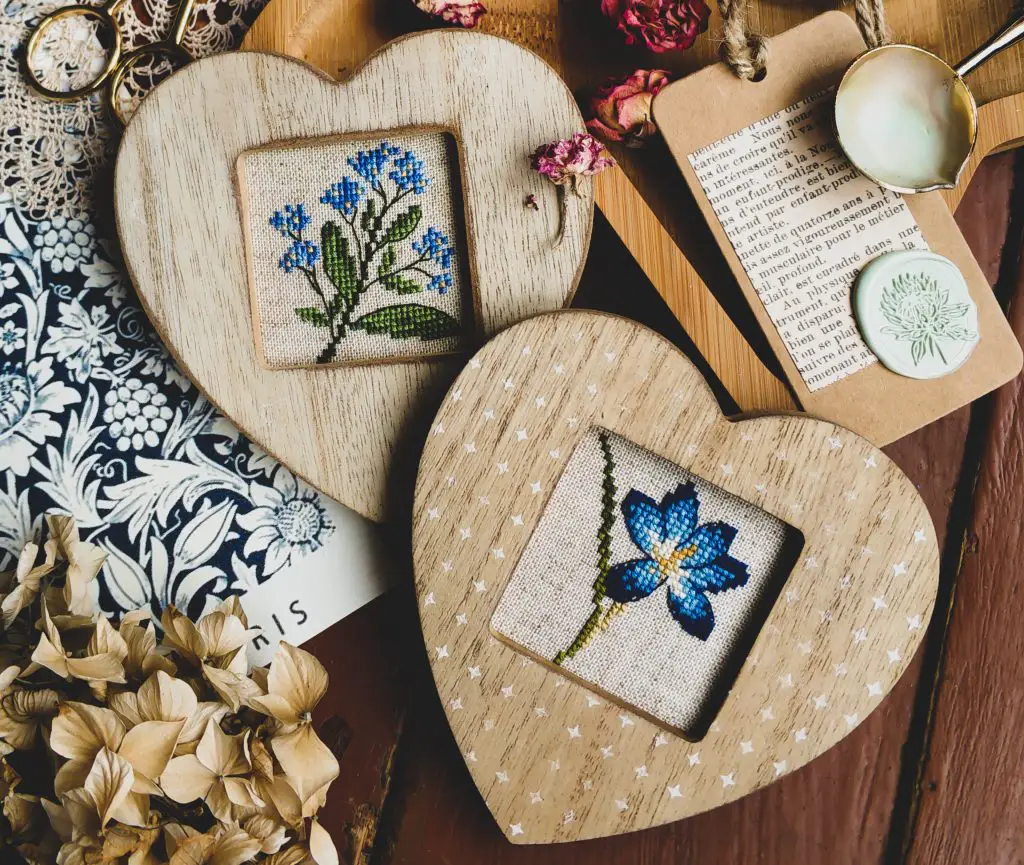Want to help your kids develop some serious skills while having fun? Look no further than woodworking! This ancient art has been capturing the hearts of crafters for generations, and it’s the perfect antidote to our screen-obsessed world. Not only will your kids get to flex their creative muscles, but they’ll also learn how to solve problems like a pro. So, let’s break out the tools, roll up our sleeves, and get working on small woodworking projects for kids!
This blog post explores the little carpenter in your children, showcasing small woodworking projects for kids, to hone their creativity and skills. These projects encourage them to work with their hands, develop patience and problem-solving skills, and take pride in their accomplishments.
Small woodworking projects for kids can be a great way to introduce the joys of creating something from scratch. Whether it’s a simple birdhouse or a more intricate wooden puzzle box, these projects can be a fun and relaxing experience.
So, get your saws and hammers ready and delve into these awesome small woodworking projects for kids!
Contents
- 1 5 Wood Working Projects for Tiny Hands but with Big Creativity
- 1.1 1. Build your own birdhouse and watch your feathered friends move in!
- 1.2 2. Create a picture frame to showcase your favourite memories.
- 1.3 3. Build a toolbox to store all your tools in one place.
- 1.4 4. Build a bookshelf and organize their favourite stories.
- 1.5 5. Make a puzzle box that will stump even the smartest of your friends.
- 2 Summary
5 Wood Working Projects for Tiny Hands but with Big Creativity

1. Build your own birdhouse and watch your feathered friends move in!
Looking for a fun and creative way for your little ones to explore their woodworking skills? Why not start with small woodworking projects for kids like building a birdhouse?
Not only is it a fantastic way to get those creative juices flowing, but it’s also a great way to attract some feathered friends to your yard. Imagine the joy on your child’s face when they see a family of birdies moving into their brand-new home.
There is a simplified version of the birdhouse project that is perfect for kids. No reason why not to get started with this one of the coolest small woodworking projects for kids!
Materials:
- 4 pcs pine boards, 8 inches long and 5 1/2 inches wide (for the sides, front, and back)
- 1 plain sheet, 8 inches long and 6 inches wide (for the roof)
- 1 pine board, 5 1/2 inches long and 5 1/2 inches wide (for the base)
- Wood glue
- Nails or screws
- Paint or markers (optional)
- Birdseed (optional)
Steps:
- With the help of an adult gather all the materials you will need to build the birdhouse.
- Decide on a location to build the birdhouse. It should be somewhere that is protected from the elements and predators, but still easily accessible to birds.
- Lay out the 4 pine boards for the sides, front, and back of the birdhouse. Apply a thin layer of wood glue to one edge of each board and attach them together to form the sides of the birdhouse. Use clamps to hold the boards in place while the glue dries.
- Once the sides have dried, attach the front and back pieces, in the same way, using wood glue and clamps.
- Attach the base of the birdhouse to the bottom of the front, back, and sides using nails or screws.
- Again, with the help of an adult carefully cut the plain sheet to size to make the roof. Apply a thin layer of wood glue to the top edges of the front, back, and sides of the birdhouse, and attach the roof to the top of the birdhouse. Use clamps to hold the roof in place while the glue dries.
- Once the roof has dried, you can paint or decorate the birdhouse with markers if you wish.
- If you want to add birdseed, you can make a small hole in the front of the birdhouse, near the top. Be sure the hole is big enough for birds to enter but not so big that predators can get in.
- Hang the birdhouse in the chosen location, using a sturdy hook or hanger.
That’s it! With a little help from you, your kids can create a birdhouse to attract feathered friends to the yards. This is one of the best small woodworking projects for kids you can ever invest your time into!
2. Create a picture frame to showcase your favourite memories.

Looking for small woodworking projects for kids that allow them to showcase their creativity? One fantastic project to get started with is creating a beautiful picture frame to showcase your family’s favourite memories.
These small woodworking projects for kids like a wooden picture frame are a great way to introduce kids to woodworking and help them create a functional and decorative piece that they can be proud of. So, get started with this picture frame project today!

Materials:
- 4 pieces of wood (cut to the desired length and width of your picture frame)
- Wood glue
- Sandpaper
- Paint or wood stain (optional)
- Picture or artwork to frame
Tools:
- Saw
- Mitre box (optional)
- Clamps
- Drill
- Hammer and Nails or brad nails
- Picture hangers or hooks
Steps:
- Cut four pieces of wood to the necessary length and breadth for your photo frame with the assistance of an adult. To cut straight lines or create angled corners, use a mitre box or saw.
- Sand the edges of each piece of wood to smooth out any rough spots.
- Apply a thin layer of wood glue to the edges of two opposite pieces of wood.
- Place the two glued pieces of wood together at a 90-degree angle and clamp them together until the glue dries.
- Repeat steps 3-4 with the other two pieces of wood to create a rectangular frame.
- Once the glue has dried, use a drill and nails or brad nails to secure the corners of the frame together.
- Sand the corners of the frame to smooth out any rough spots.
- If desired, paint or stain the frame to the desired colour.
- Once the paint or stain has dried, insert the picture or artwork into the frame.
- Attach picture hangers or hooks to the back of the frame so it can be hung on a wall.
And that’s it! With a little bit of adult supervision, kids can create a beautiful wooden picture frame in which they can display their photos or artwork. It is one of the super fun and exciting small woodworking projects for kids!
3. Build a toolbox to store all your tools in one place.
Part of learning small woodworking projects for kids means getting the right tools for the job. Sure, you can throw all your tools in a bag or bucket and hope for the best, but that approach will eventually lead to frustration and misplaced items. The better option? Build a toolbox to store all your tools in one place.

Not only does this make it easier to access and organize your tools, but it also adds to the fun of woodworking. Kids love to personalize their toolboxes with stickers, paint or other decorations, so let their creativity shine with this one of the favourite small woodworking projects for kids.
Introduce the kids to woodworking and teach them the importance of patience, creativity, and other life values, through small woodworking projects for kids. Additionally, the materials and tools, as well as the process are pretty straightforward. So, make this carpenter’s case today!
Materials:
- 1 piece of plywood or solid wood (refer to the template: cut to the desired size of the toolbox)
- Wood glue
- Sandpaper
- Paint or wood stain (optional)
- Handle (dowel)
- Hinges
- Latch or hasp
- Screws
Tools:
- Saw
- Drill
- Screwdriver
- Hammer and Nails or brad nails
Steps:
- To ensure that the plywood or solid wood is cut precisely to the toolbox’s size, contact an adult for help. The bottom must be made of one rectangular piece, and the sides must be made of two sets of identical pieces.
- Sand the edges of each piece of wood to smooth out any rough spots.
- Apply a thin layer of wood glue to the edges of the sides and bottom pieces.
- Assemble the parts ( the sides and the bottom ) to create the rectangular box frame. Use clamps to hold the pieces in place until the glue dries.
- Once the glue has dried, attach the dowel to the hole which will serve as the handle of the toolbox.
- Sand the toolbox to smooth out any rough spots and create a polished finish.
- If desired, paint or stain the toolbox to the desired colour.
- Once the paint or stain has dried, attach a handle to the top of the toolbox using screws.
And that’s it! Your kids can now use their new toolbox to store their tools and keep them organized. How fun it is to do small woodworking projects for kids! You can also learn how to DIY print on wood to be able to play with more designs.
4. Build a bookshelf and organize their favourite stories.

Small woodworking projects for kids are an excellent opportunity to teach them about creativity and confidence. Involve your kids in the planning stage and let them help with the design and actual process.
In small woodworking projects for kids like this, they can add their own personal ideas or touches. They can choose the colour of the paint or stain, add decorative accents or knobs, or even paint designs or pictures on the bookshelf.
Allow them to explore. Just guide them during the process, and ensure their safety while building. Small woodworking projects for kids such as a DIY bookshelf can boost their confidence. Don’t worry too much about making everything perfect. What’s important is they learn to make something with their own hands.
Now, to start creating the DIY bookshelf, there are materials and power tools you’ll need to gather up.
Materials:
- 2 pieces of plywood or solid wood (cut to the desired size of the bookshelf)
- Wood glue
- Sandpaper
- Paint or wood stain (optional)
Tools:
- Saw
- Drill
- Screwdriver
- Hammer and Nails or brad nails
Steps:
- For safety, make sure to have an adult assist you while cutting the plywood or solid wood to the desired size of the bookshelf. You’ll need 2 identical pieces for the sides and 1 for both the top and bottom.
- Sand the edges of each piece of wood to smooth out any rough spots.
- Apply a thin layer of wood glue to the edges of the top and bottom pieces.
- Attach the sides to the top and bottom pieces to create the frame of the bookshelf. Use clamps to hold the pieces in place until the glue dries.
- Once the glue has dried, attach the back piece of wood to the bookshelf using screws or nails.
- Sand the bookshelf to smooth out any rough spots and create a polished finish.
- If desired, paint or stain the bookshelf to the desired colour.
- Once the paint or stain has dried, the bookshelf is ready to use! Kids can now place their favourite books on the shelves and proudly display them in their rooms.
Certainly, small woodworking projects for kids are a must-try!
Optional: To add extra support to the bookshelf, you can also add additional shelves by repeating steps 3-4 with smaller pieces of wood. Simply attach them to the sides of the bookshelf at the desired height.
5. Make a puzzle box that will stump even the smartest of your friends.
How about making a puzzle box that will make the smartest of their friends puzzled? Yes, a puzzle box that requires intelligence and persistence to unlock. By making small woodworking projects for kids like this, your kids will not only hone their carpentry skills but also enhance their problem-solving abilities.
And who knows, small woodworking projects for kids like this puzzle box can even inspire them to pursue a career in woodworking or engineering. Help them get started on this creative venture today!

Materials:
- 1/4 inch plywood or solid wood
- Wood glue
- A small latch or lock
- Sandpaper
- Paint or wood stain (optional)
Tools:
- Saw
- Drill
- Screwdriver
- Hammer and Nails or brad nails
Steps:
- To ensure safety, it is important to have an adult assist you while cutting the plywood or solid wood into six identical pieces, each measuring 3 inches by 3 inches.
- On one of the pieces, draw a square or rectangle in the centre of the wood that is slightly smaller than the width and height of the latch or locks you will be using.
- Use a saw to carefully cut out the square or rectangle.
- Using wood glue, attach each of the six pieces of wood together to form a box, leaving one side open.
- Sand the edges of the box to smooth out any rough spots.
- Attach the latch or lock to the inside of the box, on the side opposite the open side.
- Paint or stain the box if desired.
- Once the paint or stain has dried, the puzzle box is ready to use! Kids can now try to figure out how to open the box by manipulating the pieces of wood and discovering the hidden latch or lock.
Optional: To make the puzzle box more challenging, you can add additional layers or compartments inside the box that must be unlocked in a specific order. This is one of the most creative small woodworking projects for kids!
Summary
To sum it up, small woodworking projects for kids are great for parents and caregivers looking to provide the little ones with fun and educational activities that can enhance their creativity and build self-confidence.
As small woodworking projects for kids require focus and attention to detail, they can also help kids develop patience and problem-solving abilities.
If your child is interested in woodworking, there are plenty of small projects they can tackle. From building birdhouses to creating their own wooden toys, these projects are suitable for all ages and skill levels.
However, to ensure safety while working on these projects, it’s crucial to have an adult with experience and knowledge of safety precautions to guide and assist them. With the right guidance and precautions, woodworking can be a fun and rewarding activity for kids to do at home.
So, what are you waiting for? Grab some wood, nails, and paint, and get ready to watch your child’s woodworking skills soar through these creative small woodworking projects for kids!






